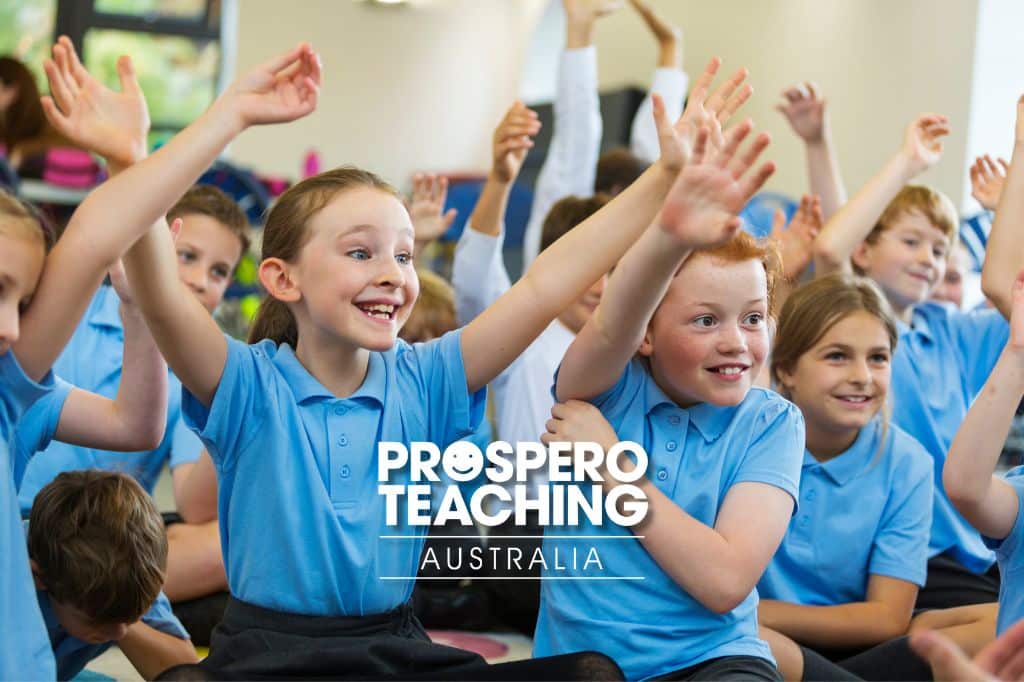What are high impact teaching strategies all about? Do you really need to know them to be a good teacher?
Well, we understand teaching is hard work. It’s a profession that requires constant innovation and a dedication to lifelong learning. That’s why it’s so important to know about the latest teaching strategies and approaches. By staying up-to-date on the latest research, you can ensure that you’re using the most effective methods in your classroom.

Knowing high impact teaching strategies can help you create the ideal learning atmosphere for your students!
What are high impact teaching strategies?
High impact teaching strategies are those which have a positive, lasting effect on student learning. While there is no one-size-fits-all approach to teaching, there are certain strategies that can be used in order to engage and support all students in the classroom. When implemented effectively, these strategies can make a real difference to student outcomes. In this blog post, we will explore some of the most effective high impact teaching strategies and how they can be used in the classroom.
Here are 5 high impact teaching strategies you need to know!
Explicit Instruction
Explicit instruction is a teaching method that involves clearly laying out the procedures and expectations for a task or lesson. This type of instruction is often used when introducing new material or skills. It’s an effective way to ensure that all students have a common understanding of what they’re supposed to be doing. When explicit instruction is used effectively, it can lead to increased student engagement and improved academic performance.
Cooperative Learning
Cooperative learning is an approach that involves students working together in small groups to complete a task or achieve a goal. This type of learning has been shown to improve academic achievement, social skills, and attitudes towards school. cooperative learning also promotes higher-order thinking skills such as problem-solving and critical thinking.
Technology-Based Instruction
Technology has become increasingly prevalent in society and the classroom is no exception. Technology-based instruction can take many different forms, such as using computers for research or using interactive whiteboards for presentations. When used effectively, technology can engage students in their learning and provide them with opportunities to develop 21st century skills such as digital literacy and information literacy.
Differentiated Instruction
Differentiated instruction is an approach that involves tailoring teaching methods and materials to meet the individual needs of each student. This type of instruction can be especially beneficial for struggling learners or English Language Learners. However, it’s important to note that differentiation should not be used as a one-size-fits-all approach; rather, it should be tailored to meet the specific needs of each student.
Inquiry-Based Learning
Inquiry-based learning is a student-centered approach that encourages students to ask questions, think critically, and draw conclusions based on their observations and investigations. This type of learning helps students develop important 21st century skills such as problem-solving, critical thinking, and communication. Additionally, inquiry-based learning has been shown to improve academic achievement across all subject areas.
There’s no one perfect way to teach
However, there are certain techniques and approaches that have been shown to be more effective than others. By using high impact teaching strategies in your classroom, you can engage your students in their learning, help them develop important skills, and improve their academic achievement.
Want more information on high impact teaching strategies?
Thank you for reading our blog! If you are currently looking for a new teaching role, register through the following link here.
For more information on Prospero Teaching, who we are, and how we can help you find the perfect teaching role based on your personality click here.



